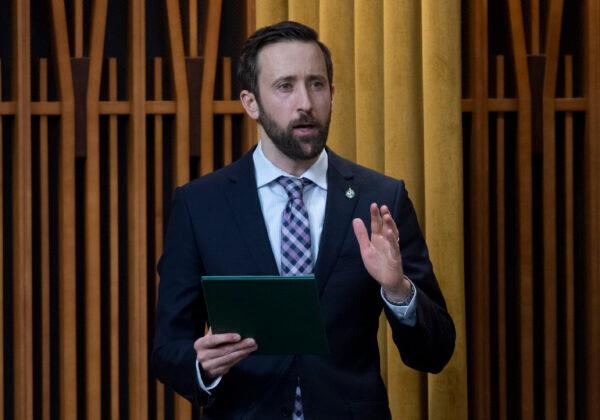The increased size of government coupled with unprecedented spending in response to the pandemic could serve to hinder economic recovery efforts, according to a new report.
Moreover, based on the growth of government in relation to per-person spending and the size of the economy, further excessive expansion of government post-COVID could impede prosperity for Canadians and their families and slow economic growth, the report found.





